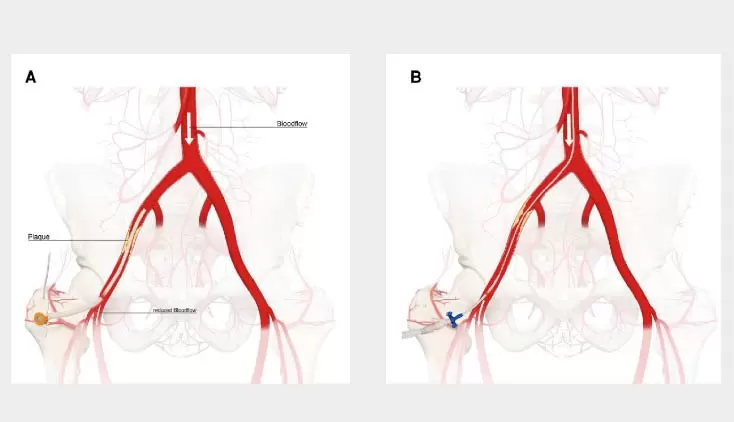Clinical Research & Data, Patient Identification, Protected PCI
cVAD Registry v. Insurance Databases
William O’Neill, MD, and Alejandro Lemor, MD, discuss the differences between insurance databases and the cVAD registry, both of which Dr. Lemor has worked with extensively. Dr. Lemor also highlights factors that characterize patients as high-risk and candidates for mechanical circulatory support (MCS).
Dr. Lemor explains that observational insurance databases are useful because they have a large number of patients and thus a large sample size. However, he cautions that there is a lot of selection bias in these databases and they do not provide crucial hemodynamic data for patients. He emphasizes that the cVAD registry provides “adjudicated data that allows actually to account for that and truly actually see what the patients are doing instead of just looking at hospitalizations with large number of data that has a lot of bias which patient will get what.”
Dr. O’Neill points out that many national samples provide data that is more than 10 years old, while the cVAD data—from 2017 to 2020—is more current. “So I think we have a much more modern and scientifically rigorous and valid approach,” O’Neill concludes. Dr. Lemor echos this, adding, “the field has changed so much that even 10 year ago, five years ago, it’s old and we have new data and it’s important actually to highligh that.”
Dr. O’Neill then asks Dr. Lemor about the factors he considers in the cath lab when determining if a patient is a high-risk patient requiring MCS. Dr. Lemor explains that he considers a combination of factors: patient comorbidities, coronary anatomy and patient hemodynamics. He highlights that a patient with low ejection fraction, complex coronary anatomy and comorbidities is both highly complex and high-risk.
NPS-3956


